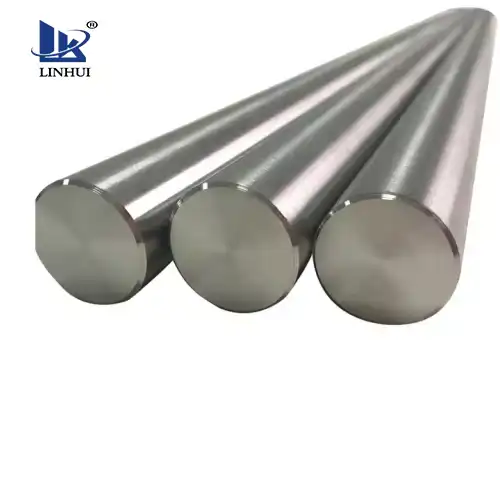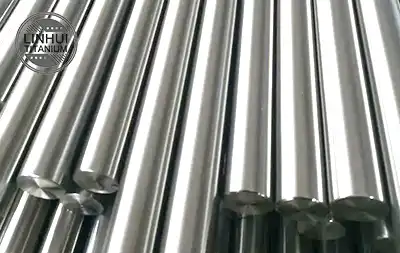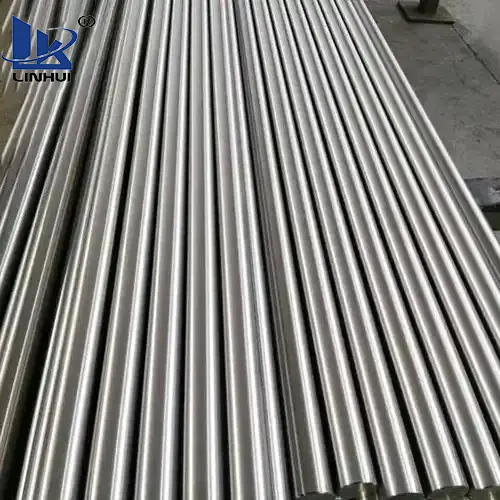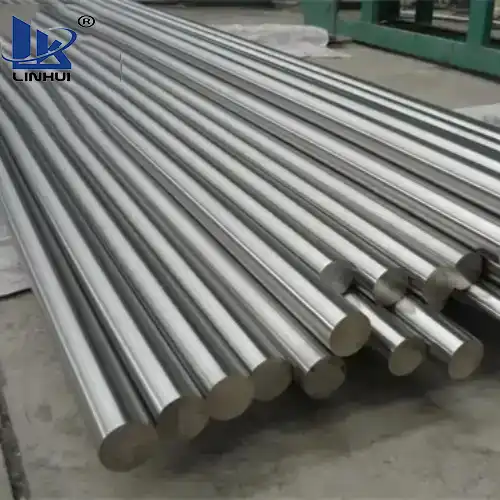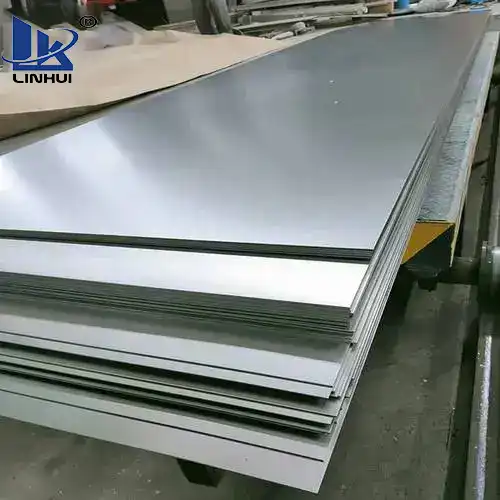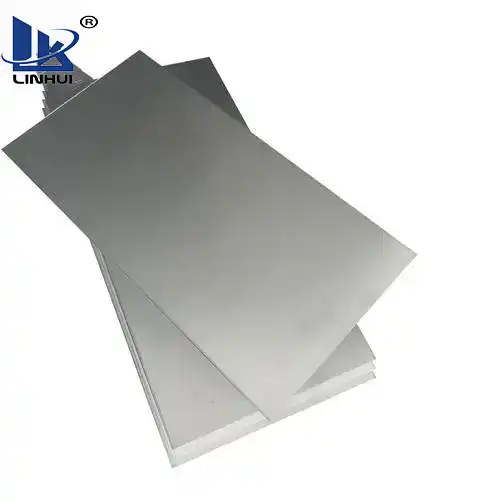The superplastic forming methods for titanium alloy sheets can be broadly classified into the following three types:
(1) Vacuum forming;
(2) Pneumatic forming (blow molding);
(3) molding (coupled molding).
The first two methods are commonly used for forming plastic (or glass) products. Titanium sheet superplastic forming can use low-pressure forming because it is a viscous or semi-viscous flow deformation. Pneumatic forming can also be applied in combination with vacuum forming.
1. Titanium alloy plate vacuum forming method
The vacuum forming method can be divided into two types: the convex die method and the concave die method.
The convex die method is a forming method in which the heated wool is adsorbed on the convex die with the inner shape of the part, which is used to form the parts with high inner dimensional accuracy. The concave die method is a forming method in which the heated stock is adsorbed onto a concave die with the shapeof the part, and is used to form parts requiring high dimensional accuracy. Generally speaking, the former is used for the forming of deeper containers, and the latter is used for the forming of shallower containers.
Vacuum forming is also a kind of air pressure forming, but the forming pressure can only be in one atmosphere. Therefore, the titanium plate can only form thin thickness, simple shape, curvature, and slow parts, not suitable for forming thicker, more complex shapes and more dramatic deformation of parts.
2. titanium alloy sheet pneumatic forming method (blow molding method)
This is a special kind of expansion process.
The traditional expansion process is achieved by mechanical, hydraulic expansion, or explosion expansion methods, the use of pressure and energy is relatively high, and due to the limitations of material plasticity, the deformation is generally not too large. Blow molding is a kind of forming with low energy and low pressure that can obtain large deformation, which is a kind of sheet-forming technology different from the traditional process concept. Since the metal is free in the deformation process, almost all the power is consumed in the deformation work and the friction loss is very small (for free blow molding, there is no friction loss), which is essentially different from other stamping and forming.
Blow molding can be divided into two categories: free blow molding and mold blow molding. Mold blow molding is characterized by half-die forming, similar to vacuum forming, and is also divided into two types convex molding and concave molding; the difference is that the forming pressure can be greater than one atmosphere, but also adjust the pressure through the air source system, and thus can be manufactured in complex shapes, curvature changes in parts.
(1) Free blow molding method
This is the simplest kind of blow molding wei shape. It is characterized by the absence of a mold, and the typical parts blown are spherical parts.
(2) Convex die-forming method
This method is to make the outer side of the titanium plate wool, the formation of a closed pressure space, the titanium plate heated to superplastic temperature, under the action of compressed gas pressure, the wool superplastic deformation, gradually close to the mold surface, until the mold with the complete fit, to make the same parts and mold surface. The inner surface of the formed part has high dimensional accuracy and accurate shape, and the comparison of depth and width is large, and the processing of the mold is also easier, but it is more difficult to release the mold, and the raw material is also more expensive. The bottom of the part formed by this method is thicker than the surrounding.
(3) Concave die-forming method
Unlike the convex die-forming method, a closed pressure space is formed on the inside of the titanium plate stock during the forming process. The outer surface of the formed part has high dimensional accuracy and accurate shape, and the part is easier to release from the mold and save raw materials, but the depth and width are relatively small, and mold processing is also more difficult. The bottom of the parts formed by this method is thinner than the surroundings.
3. molding method of titanium alloy plate
The use of a coupled mold. Different from the ordinary press molding is the high temperature, mold pressing speed is much slower.






